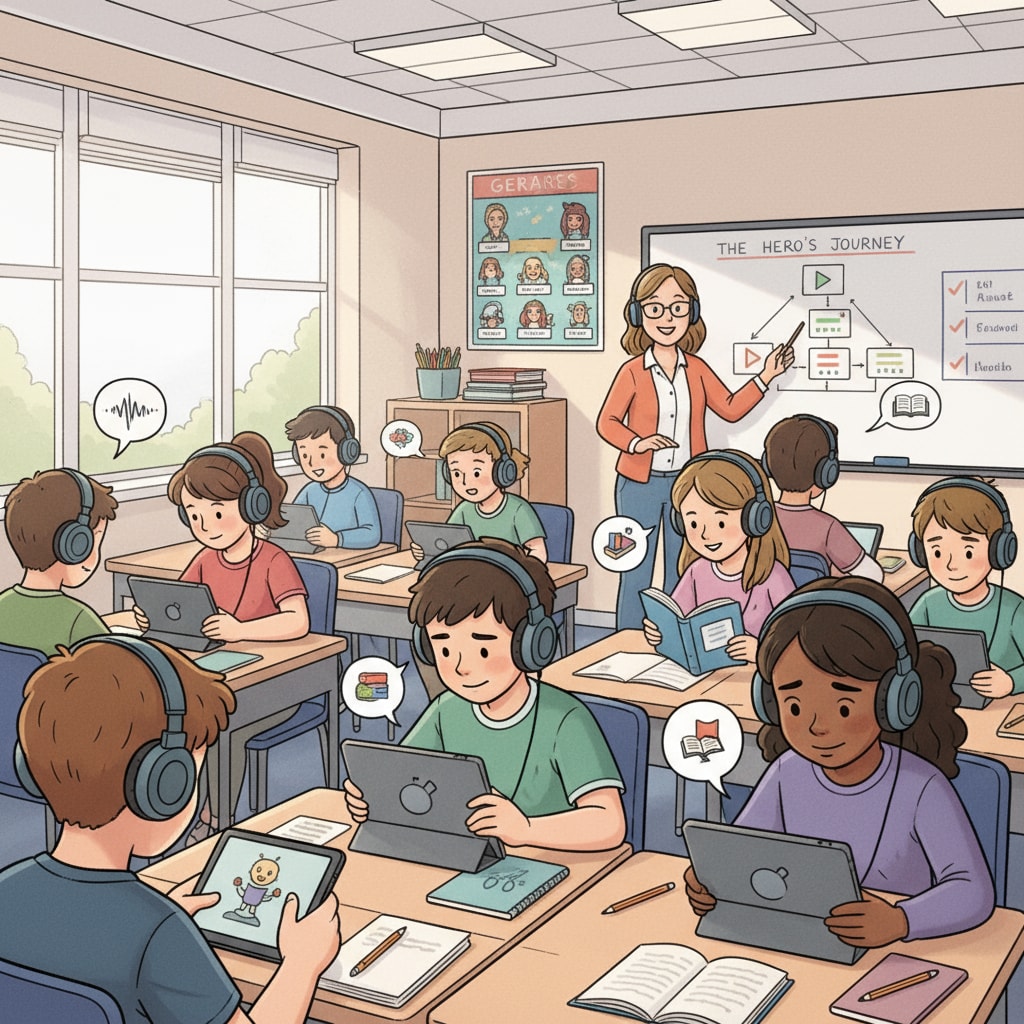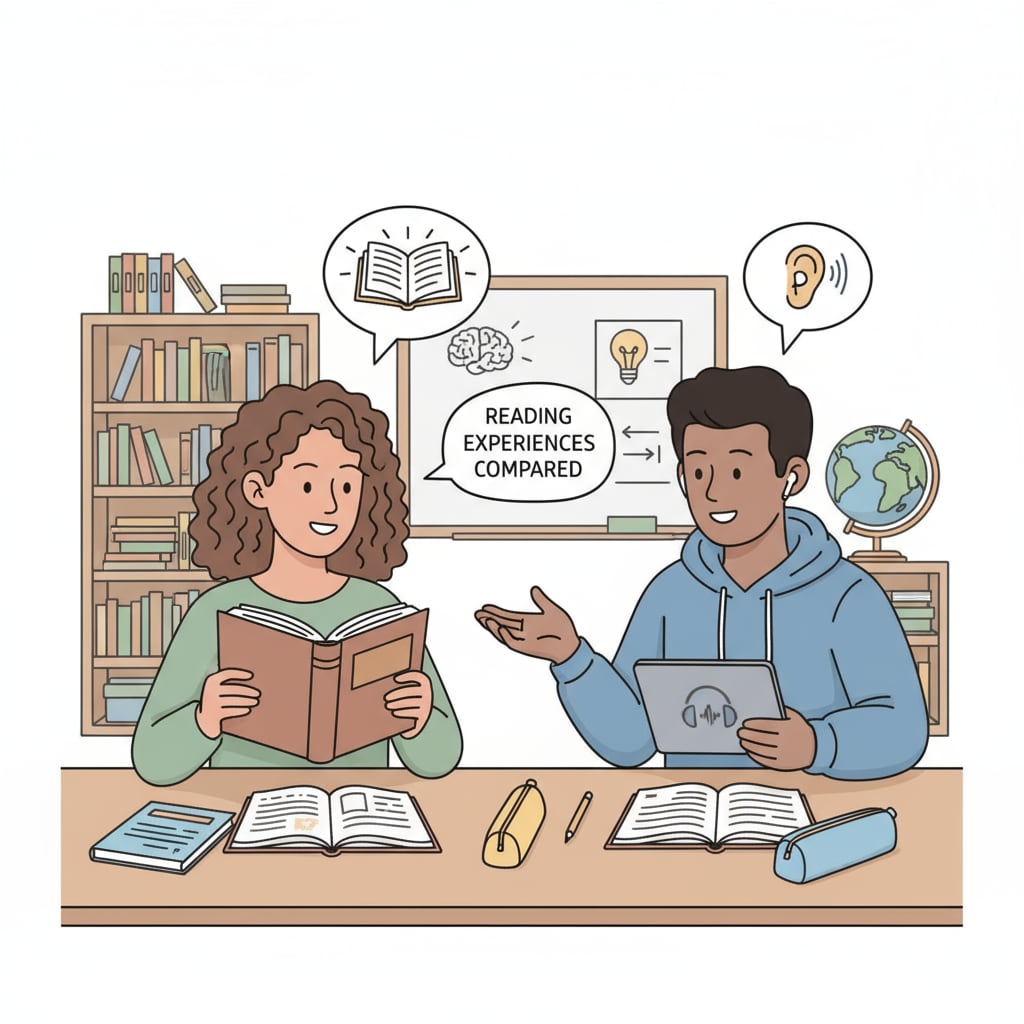In the realm of junior high language art courses, the idea of using audiobooks as reading alternatives has become a topic of intense debate. The concepts of audiobooks, reading alternatives, language arts, and reading abilities are intertwined in this discussion. As educators strive to improve students’ reading skills, the question of whether audiobooks can be a viable substitute for traditional reading has emerged.

The Rise of Audiobooks in Education
Audiobooks have witnessed a significant surge in popularity in recent years. With the advancements in technology, they have become more accessible than ever. In the context of junior high language arts, audiobooks offer a new way to engage students. For example, students who may struggle with reading printed text can benefit from listening to audiobooks. According to Wikipedia’s entry on audiobooks, the use of audiobooks in education has been on the rise as they provide an alternative mode of consuming literature. This can potentially enhance students’ understanding of language arts concepts and boost their reading abilities.
The Nature of Reading and Its Connection to Language Arts
Reading is not just about deciphering words on a page; it’s a complex cognitive process that plays a crucial role in language arts. When students read, they engage with vocabulary, grammar, and narrative structures. Traditional reading allows for a deeper connection with the text as readers can pause, reflect, and analyze. However, audiobooks offer a different experience. They can improve listening skills, which are also an important part of language arts. As stated in Britannica’s article on language arts, language arts encompass various aspects including reading, writing, listening, and speaking. So, while audiobooks may not replicate the exact experience of traditional reading, they can contribute to the overall development of language arts skills.

Another aspect to consider is the impact on reading abilities. Some argue that relying too much on audiobooks may hinder the development of crucial reading skills such as phonics and fluency. On the other hand, audiobooks can expose students to a wider range of literature, which may inspire them to read more. Therefore, finding a balance between using audiobooks and traditional reading materials is essential in junior high language arts courses.
Readability guidance: We’ve explored the rise of audiobooks and their connection to language arts. The key is to understand that both traditional reading and audiobooks have their place in enhancing students’ reading abilities and overall language arts proficiency. As educators, it’s important to make informed decisions to ensure the best educational outcomes for students.


